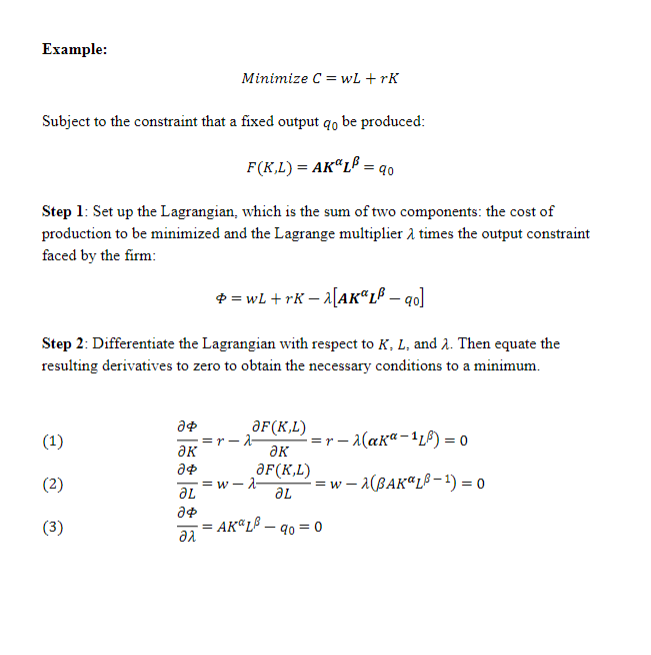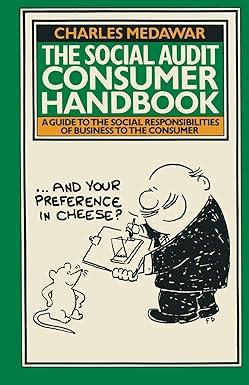Answered step by step
Verified Expert Solution
Question
1 Approved Answer
Consider the following Production Functions: F(K,L)=AKLF(K,L)=AKLF(K,L)=KL(1)F(K,L)=K+LF(K,L)=K21+L21 And follow the steps shown in the Example. Write the cost-minimization problem as: MinimizeC=wL+rK Subject to the constraint: F(K,L)=q0


Step by Step Solution
There are 3 Steps involved in it
Step: 1

Get Instant Access to Expert-Tailored Solutions
See step-by-step solutions with expert insights and AI powered tools for academic success
Step: 2

Step: 3

Ace Your Homework with AI
Get the answers you need in no time with our AI-driven, step-by-step assistance
Get Started


